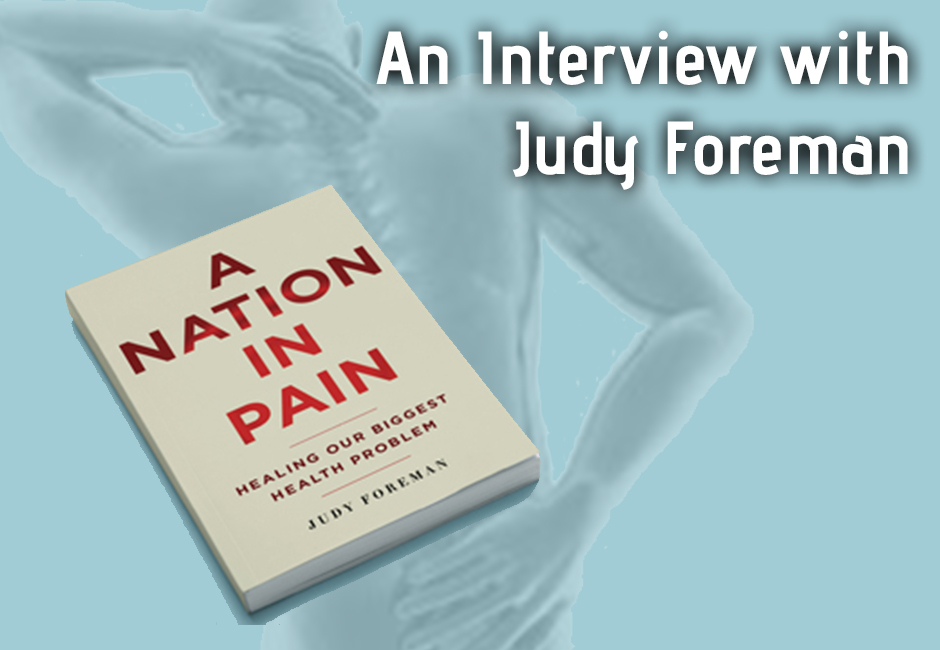
In one of my more popular radio show episodes, “American’s Biggest Health Problem” https://paulchristomd.com/pain-americas-biggest-health-problem-part-i/. I discuss the chronic pain crisis with award-winning health journalist and author Judy Foreman.
Her book, A Nation in Pain: Healing Our Biggest Health Problem, covers surprising and comprehensive research into what many consider our biggest health concern today.
Judy said that the press has paid more attention to the abuse of pain medications than the astoundingly widespread condition they are intended to treat.
She writes that “far more than just a symptom, chronic pain can be a disease in its own right – the biggest health problem facing America today.”
A nationally syndicated medical journalist with 40 years of deadline writing under her belt, Judy covers issues such as finding the right treatment, gender differences, the effects of chronic pain, and lack of awareness of opioids and alternative treatments resulting in loss of funding. She states that, “failure to manage pain is tantamount to torture.”
Judy herself bounced around from doctor to doctor seeking treatment for serious neck pain and finally found one that understood her pain and provided her with adequate treatment.
In her book, A Nation in Pain, Judy discusses the differences between genders and pain.
- 45% of women and 31% of men suffer from chronic pain.
- Studies have shown that testosterone protects against pain and estrogen does a little of both—protects and makes it worse. [link to Real Simple article in ‘Guest Appearances section]
- Transgender individuals have found that testosterone makes their pain better and estrogen makes their pain worse.
Chronic pain is really its own disease. It is a systemic problem causing changes in the spinal cord and the brain affecting the way your body processes pain. MRIs have documented gray matter loss in lower back pain patients. The limbic system, or the part of your brain that processes emotion, lights up with pain—a strong emotional reaction.
The pain may be invisible, but some evidence is there.
Many doctors hesitate to treat pain with opioid medications due to negative publicity from the government and media. We’ve seen a very concerning trend of opioid-related overdoses; however, just 30% of those deaths involved opioids alone. Many deaths were due to the combination of benzodiazepines and alcohol.
Treating opioid addiction can be problematic, especially when the patient in question uses opioids for pain relief. Some people turn to CBD oil as an alternative to opioid medication for pain relief and although there are also studies to show that CBD can reduce cravings, research is still very much in its early stages.
Additionally, the FDA wants to reduce the supply of pain relieving opioids, but the people who really need them are not necessarily the abusers, and may suffer as a result.
Judy and I discussed medical marijuana, physical and massage therapy, and acupuncture as alternative treatment options. A lot of patients have experienced relief from these methods. Personal Therapy is underutilized, but it can be very helpful because depression doubles for patients with chronic pain.
